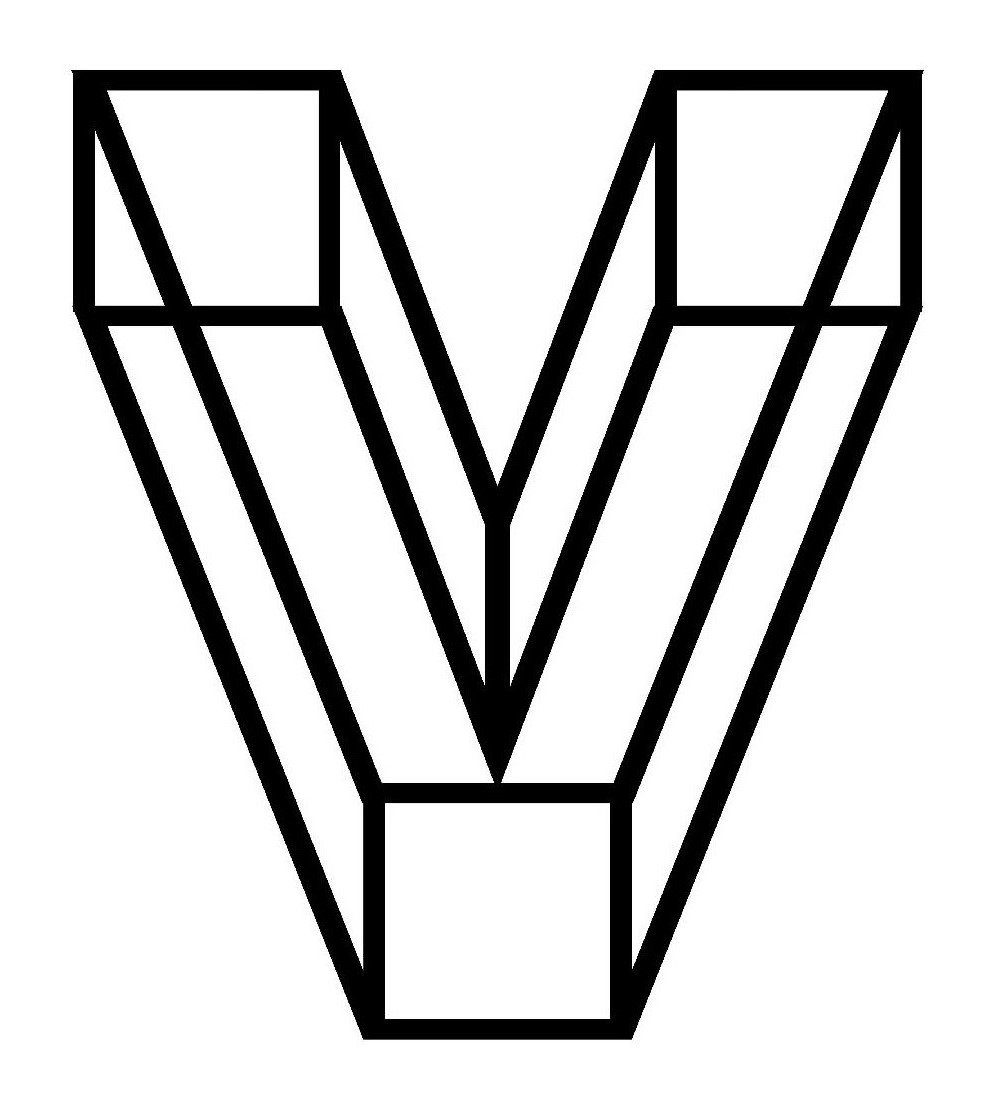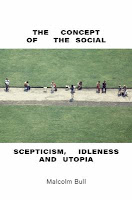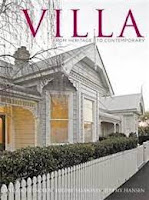| and I see myself sitting and reading the thick blue book of two parts, not that thick, actually, and I have reached that point in the book, though it is not in fact a point in the book for there is nothing in the book that would mark such a point, but rather a point in my reading of the book, which just happens to be around page seventy-five, that I came to realise that the book is written entirely in one sentence, one slow, patient, uninterrupted flow of words, no, I think, that is not correct, the book is written in two parts, though each begins with the word And, but neither part ends, each rather just leaves off, so it would not be correct that the book is written in one sentence, or in two sentences, one for each part, but rather in no sentences, one, or two, slow, patient, uninterrupted flow, or flows, of words, that much at least I got right, I think, just the kind of thing I like, but done with such virtuosity and with such little display of virtuosity that I had not realised until page seventy-five or thereabouts that there are no full stops to be found in this book, or no full stop, I am uncertain if this absence should be singular or plural, possibly both, this Jon Fosse and his translator Damion Searles having built these words without one misstep, or missomething, the metaphor seems mixed and I has not even realised that it was a metaphor, I must be more careful, capturing the flow of thought, so to call it, and speech, realistically, seemingly of the narrator, a middle-aged painter named Asle, living, I am almost tempted to put, as such people do, in a small town in western Norway, driving in the snow to and from a city on the western coast of Norway, the city of the gallery which shows, which is a euphemism of sorts for sells, his paintings, but also the city in which lives a middle-aged painter named Asle, resembling both in looks and clothing, if clothing is not part of looks, the narrator, the narrator narrating in the first person and this other Asle, the alter-Asle if you like, this alter-Asle to the thoughts and memories of whom the narrator-Asle has extraordinary access, though there is no evidence of any reciprocal mechanism, we are, I am sure, never given an instance of the alter-Asle even being aware of the existence of such a person as the narrator, this alter-Asle, being confined to the third person, and, I wonder, what sort of trauma confines a person to an existence only in the third person? presumably a trauma, I think, this alter-Asle being also an alcoholic and a person who “most of the time, doesn’t want to live any more, he’s always thinking that he should go out into the sea, disappear into the waves,” but not doing so because of his love for his dog, there is, I think as I am reading, some relationship between the two Asles, well, obviously there is, my thought, or the thought I have, being that the alter-Asle is the actual Asle and the narrator-Asle is the Asle that the alter-Asle-who-is-actually-the-actual-Alse would have been if he was not the Asle he became, which, I think, I have made sound a bit confusing, and the opposite of an explanation, not that that matters, on account of whatever trauma, or whatever it is that I speculate is a trauma, that confined him to a third-person existence, the characters being one character, all characters being one character as they are in all books, I speculate, though in this book The Other Name, almost all the characters have, if not the same name, almost the same name, which tightens the knot somewhat, if I can be forgiven another metaphor, though I will not forgive myself for it at least, I will try to avoid, I think, thinking of the relationships between these persons-who-are-one-person, or, in any rate, describing the relationships between these persons-who-are-one-person, in any way other than a literary way, whatever that means, nothing, I think, the person that Asle could have been sees the Asle that Asle became, though Alse cannot know him, the person that Asle could have been rescues Asle when he has collapsed in the snow and takes him to the Clinic and to the Hospital, and takes the dog to look after, who knows, though, if the third-person Asle, the one I was calling the alter-Asle until that became too confusing, at least for me, survives, neither we nor the first-person Asle know that, but after the first-person Asle goes to the city and rescues the third-person Asle from the snowdrift, how could he know where to find him, I wonder, he begins, in the second part of the book, to have access to some deeply buried memories of the Asle that perhaps they once both were, memories all in the third person, for safety, I think, memories firstly of Asle’s and his sister’s disobedience of their parents in straying along the shore and to the nearby settlement, a narrative in which threat hums in every detail, a narrative in which colour impresses itself so deeply upon Asle that, I think, he could have become nothing other than a painter, a narrative that seems searching for a trauma, for a misfortune, a narrative assailed by an inexplicable motor noise as they approach the settlement but which resolves with a misfortune that is anticlimactic, at least for Asle, a trauma but not his trauma, what has this narrative avoided, I wonder at this point, what has not been released, or what has not yet been released, I wonder, Fosse is a writer who writes to be rid of his thoughts, I think, just as his narrator says, “when I paint it’s always as if I’m trying to paint away the pictures stuck inside me, to get rid of them in a way, to be done with them, I have all these pictures inside me, yes, so many pictures that they’re a kind of agony, I try to paint away these pictures that are lodged inside me, there’s nothing to do but paint them away,” and, yes, when the narrator lies in bed at the end of the book and is unable to sleep, he does recover the memory, a third person memory, the memory of the trauma that split the Asles and trapped one thereafter in the third person, the memory that explains the awful motor noise that intruded on the previous narrative of disobedience as the children approached the locus of the trauma, and, I think, all the sadness of the book leads from here and to here |




































































































